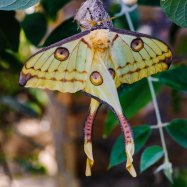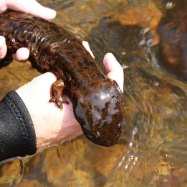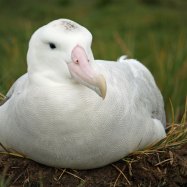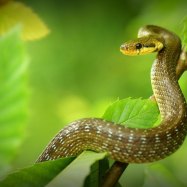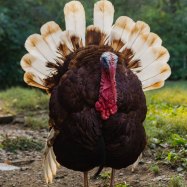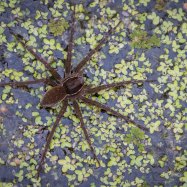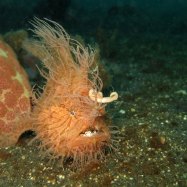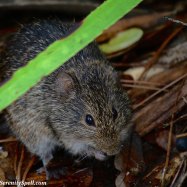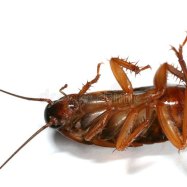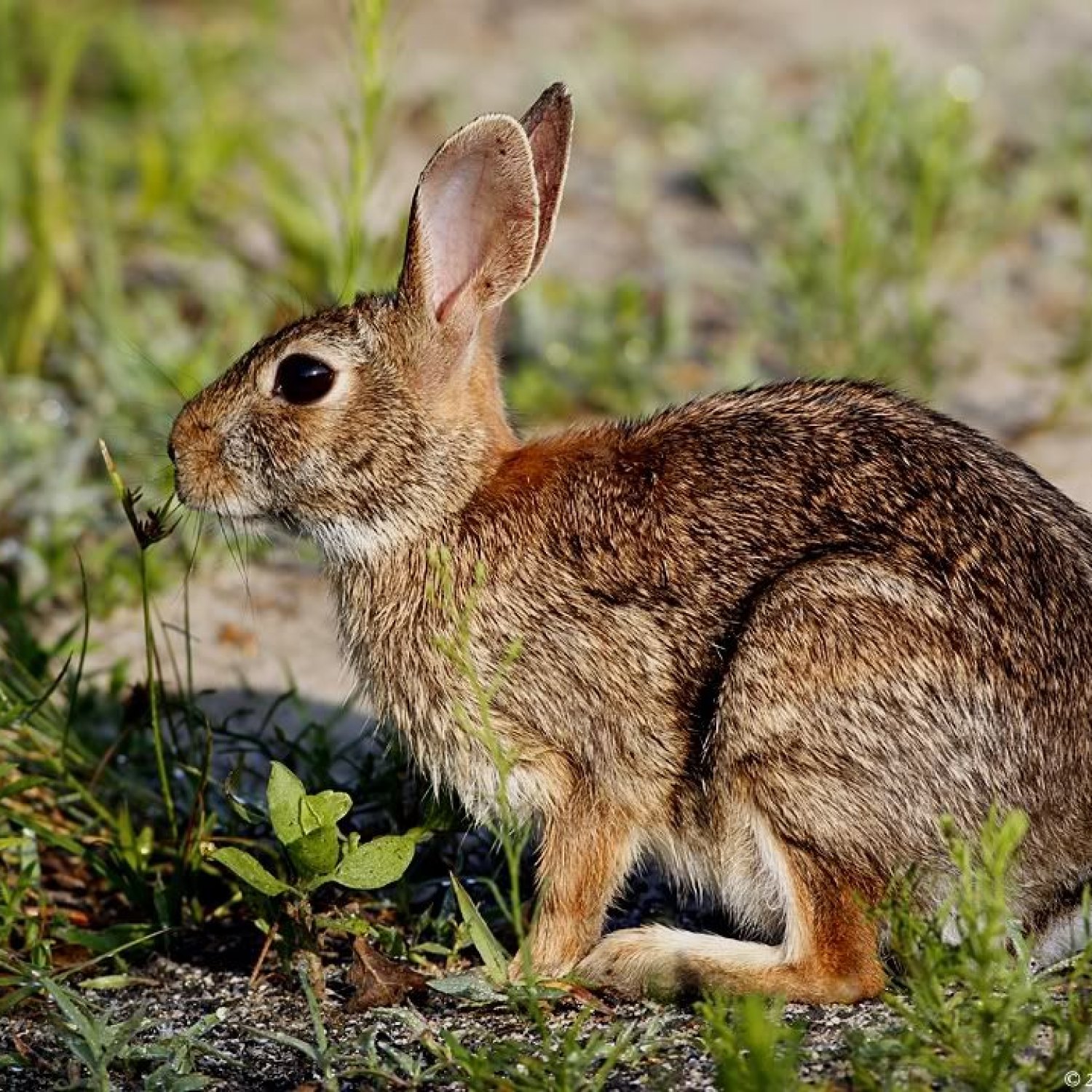
Eastern Cottontail
14 to 19 inches
The Eastern Cottontail is a beloved animal native to the eastern United States. With its small and compact body, long legs, and adorable cottontail, these rabbits are a common sight in backyards and parks. Ranging from 14 to 19 inches in length, they belong to the Leporidae family and are known for their quick hops and love for fresh greens. Spot one of these cuties in your garden and watch them munch away! #EasternCottontail #USwildlife #Leporidae
Animal Details Summary:
Common Name: Eastern Cottontail
Kingdom: Animalia
Habitat: Fields, meadows, forests, and suburban areas
Gentle and Fast: The Incredible Eastern Cottontail
The eastern cottontail rabbit, scientifically known as Sylvilagus floridanus, is one of the most beloved and widespread animal species in North and Central America. With its friendly demeanor, fast movements, and adorable appearance, it's no wonder why this little critter has captured the hearts of many.With its common name derived from its fluffy white tail, the eastern cottontail can be found in various habitats, from fields and meadows to suburban areas. Join us as we dive into the fascinating world of the eastern cottontail and learn more about what makes this creature so special Eastern Cottontail.
The Kingdom of the Eastern Cottontail: Animalia
Belonging to the Animalia kingdom, the eastern cottontail has a classification as a mammal, meaning it is a warm-blooded vertebrate with fur, mammary glands, and a specialized jaw for chewing. As part of the class Mammalia, they share similar characteristics with other related species such as wolves, bears, and whales.The eastern cottontail also belongs to the phylum Chordata, which includes all animals with a spinal cord and a backbone. This classification is essential because it links the eastern cottontail to other animals, giving us a better understanding of their evolutionary history.
Order & Family: Lagomorpha & Leporidae
One of the unique aspects of the eastern cottontail is its order and family. The eastern cottontail belongs to the order Lagomorpha, which includes all the rabbit and hare species. This order is different from other mammals and contains two large incisors on the upper jaw, followed by two smaller ones. These teeth are continuously growing, and rabbits keep them in check by gnawing on tough vegetation.The eastern cottontail also belongs to the family Leporidae, which is the hare and rabbit family Elephant Seal. This family includes 62 different species that are found all over the world.
Lifestyle & Habitat: Fields, Meadows, Forests, and Suburbs
The eastern cottontail is a highly adaptable animal that can thrive in a wide range of habitats, including fields, meadows, forests, and suburban areas. This adaptability is due to their ability to quickly reproduce, with females being able to produce multiple litters in a year, ensuring a steady population.In their natural habitat, eastern cottontails are known to be crepuscular, meaning they are most active during dawn and dusk. They have excellent eyesight and hearing, which allows them to navigate through their surroundings and avoid predators. They also have a sharp sense of smell, which helps them find food and detect potential dangers.
Eastern cottontails are solitary animals and are most often seen alone. However, they do have a social hierarchy, with males marking their territory and defending it from other males. They are also known to thump their back legs to alert others of danger and communicate with each other.
Diet: Herbivorous
The eastern cottontail is a herbivore, meaning they only eat plants. Their diet consists of a variety of plant material, including grass, leaves, bark, and fruits. They have a unique digestive system that allows them to extract as many nutrients as possible from the plants they consume.Eastern cottontails play a role in plant seed dispersion, as they spread the seeds of the plants they eat through their droppings. This process helps with plant growth and regeneration, making them essential to their ecosystem.
Geographical Distribution: North and Central America
The eastern cottontail is native to North and Central America, with its range spanning from southern Canada to northern South America. They can also be found on Caribbean islands such as Cuba, the Bahamas, and Jamaica.In Canada, the eastern cottontail is found from Nova Scotia to southern Ontario and from southern Saskatchewan to Alberta. In the United States, they can be found in most of the eastern states, as well as in areas of the Great Plains, the Rocky Mountains, and the southwestern regions.
Appearance: Brown Fur with a White Fluffy Tail
The eastern cottontail is a small mammal, with a compact body and long legs. They have soft, dense fur that ranges in color from light brown to reddish-brown. This coloring helps them blend into their surroundings, making them less visible to predators.One of the most recognizable features of the eastern cottontail is its white, fluffy tail that resembles a cotton ball. Contrary to popular belief, this tail is not used for communication or balance, but rather as a defense mechanism. When threatened, the eastern cottontail will flash its white tail while running away, confusing the predator and giving them a chance to escape.
Size & Wingspan: 14 to 19 inches & No Wings
On average, the eastern cottontail measures between 14 to 19 inches in length and weighs around 2-4 pounds. They have a wingspan of zero, as they do not possess wings. These small creatures may not seem like much, but their lightning-fast movements make them incredibly agile and difficult to catch.Their long hind legs allow them to jump up to 15 feet in a single bound, and they can reach speeds of up to 18 miles per hour in short bursts. These quick movements are essential for their survival, as they need to outrun their predators, which include foxes, coyotes, and birds of prey.
Gentle & Fast: Two Amazing Qualities in One Animal
The eastern cottontail may seem like an ordinary creature, but its gentle nature and impressive speed make it a remarkable animal. From its ability to adapt to different environments to its role in the ecosystem, the eastern cottontail is truly a marvel of nature.Their resilience, adaptability, and role in the ecosystem make them vital to the balance of their habitats. However, human activity, such as habitat destruction and hunting, poses a significant threat to the eastern cottontail's population.
As we learn more about these incredible creatures, it's essential to ensure their protection, so future generations can enjoy their presence in the wild. Let us appreciate and admire the gentle and fast eastern cottontail for all its fantastic qualities and work towards their conservation.

Eastern Cottontail
Animal Details Eastern Cottontail - Scientific Name: Sylvilagus floridanus
- Category: Animals E
- Scientific Name: Sylvilagus floridanus
- Common Name: Eastern Cottontail
- Kingdom: Animalia
- Phylum: Chordata
- Class: Mammalia
- Order: Lagomorpha
- Family: Leporidae
- Habitat: Fields, meadows, forests, and suburban areas
- Feeding Method: Herbivorous
- Geographical Distribution: North and Central America
- Country of Origin: United States
- Location: Eastern United States
- Animal Coloration: Brown fur with a white fluffy tail
- Body Shape: Small, compact body with long legs
- Length: 14 to 19 inches
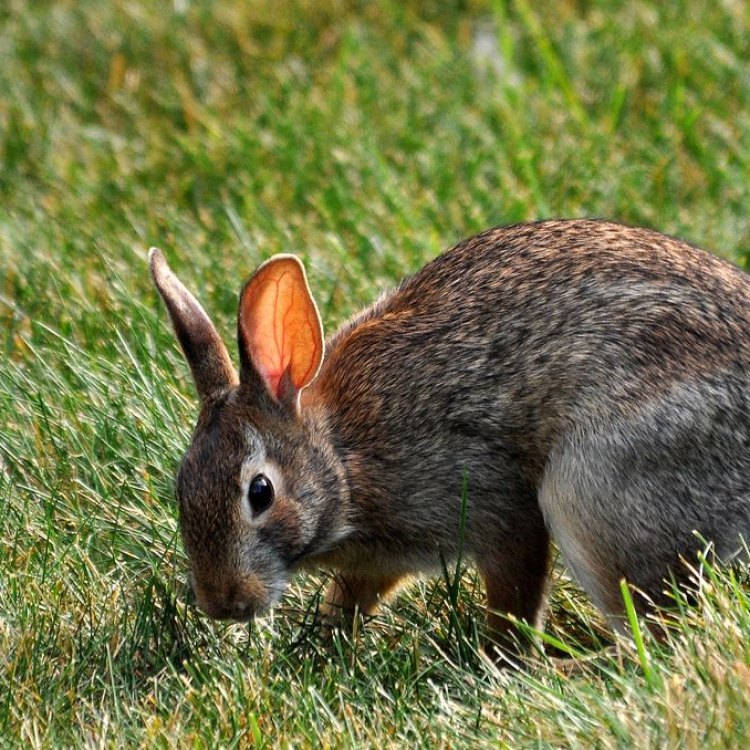
Eastern Cottontail
- Adult Size: 2 to 4 pounds
- Average Lifespan: 1 to 3 years
- Reproduction: Sexual reproduction
- Reproductive Behavior: Females can have multiple litters in a year
- Sound or Call: They can make a variety of vocalizations
- Migration Pattern: Non-migratory
- Social Groups: Solitary
- Behavior: Mainly active at dawn and dusk
- Threats: Predation, habitat loss, and hunting
- Conservation Status: Least Concern
- Impact on Ecosystem: Important prey species
- Human Use: Hunting, fur trade, and as a food source
- Distinctive Features: Large hind legs, long ears, and a fluffy tail
- Interesting Facts: Eastern cottontails are known for their ability to quickly change direction when running to evade predators.
- Predator: Predators include foxes, coyotes, bobcats, and birds of prey
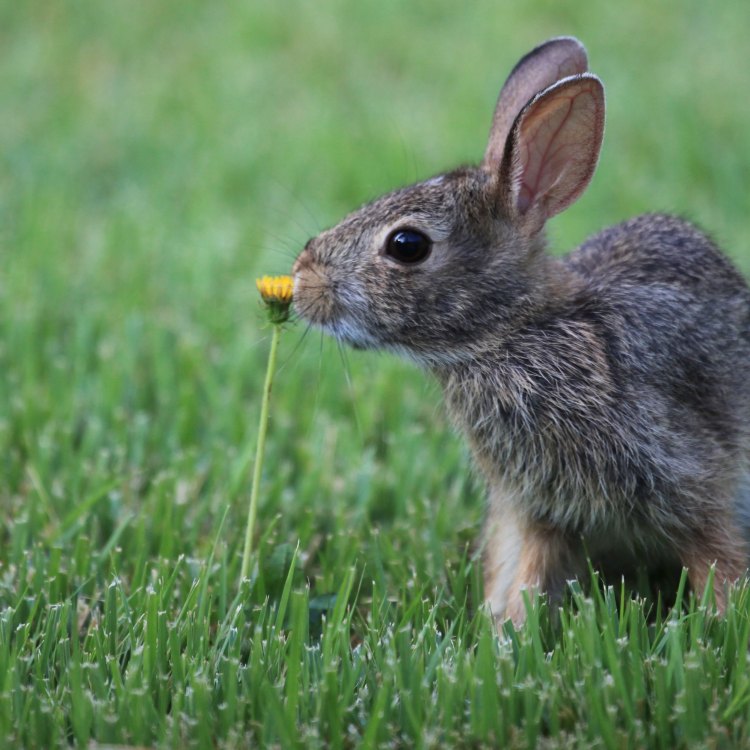
Sylvilagus floridanus
The Adorable and Resilient Eastern Cottontail: A Keystone Species in the Eastern United States
The Eastern cottontail, scientifically known as Sylvilagus floridanus, is a small mammal that is native to the eastern United States. This cute and resilient creature is a member of the family Leporidae, which also includes hares and rabbits. Despite being a common sight in gardens and fields, the Eastern cottontail is a fascinating animal with unique features and behaviors that make it a vital part of its ecosystem.The Eastern Cottontail's Physical Characteristics
The Eastern cottontail is a small mammal, typically weighing between 2 and 4 pounds and reaching a length of 15 to 20 inches PeaceOfAnimals.Com. They have short, soft fur that can range in color from grayish-brown to reddish-brown, with a white belly and a distinctive white, fluffy tail that resembles a cotton ball. This feature gave the cottontail its name.One of the most striking physical features of the Eastern cottontail is its long ears, measuring up to 3 inches in length. These ears are used for detecting sounds and can be rotated independently to pinpoint the source of a noise. Additionally, the cottontail has large hind legs, which enable it to hop long distances and reach speeds of up to 18 miles per hour.
Lifespan and Reproduction
The average lifespan of an Eastern cottontail is 1 to 3 years, though some have been known to live up to 6 years in captivity. In the wild, they face many dangers, including predators, habitat loss, and hunting by humans.Eastern cottontails reproduce through sexual reproduction, and females can have multiple litters in a year. Their breeding season typically starts from February to September, with a peak in the spring and summer months Elk. The gestation period of an Eastern cottontail is only 28 days, and a litter can consist of up to 8 babies, called kits. After only one week, the kits are fully furred and ready to explore their surroundings.
Social Behavior and Communication
Eastern cottontails are solitary animals, meaning they prefer to live alone rather than in groups or colonies. They do not establish territories but will defend their immediate area if another cottontail attempts to encroach upon it. These territorial boundaries are often marked with urine and feces.Despite being solitary, Eastern cottontails can make a variety of vocalizations, from soft grunts to loud screams. They also use body language, such as thumping their hind legs on the ground as a warning signal or to communicate with other cottontails.
Behavior and Adaptations
Eastern cottontails are crepuscular animals, meaning they are most active at dawn and dusk. They have excellent eyesight and hearing, allowing them to navigate their surroundings and detect predators. When threatened, Eastern cottontails rely on their speed and agility to escape, using their large hind legs to quickly change direction while running. This ability to change direction rapidly has earned them the reputation of being one of the most elusive prey species.Though Eastern cottontails cannot hibernate, they do have some behavioral adaptations to survive harsh winters. They will take advantage of underground burrows or pile up twigs and leaves to create shelter and insulation against the cold. In the summer, they stay cool by resting in shallow depressions, called forms, in the ground.
Threats to Eastern Cottontails and Conservation Status
Eastern cottontails face numerous threats, with predation being the most significant. They are preyed upon by a variety of animals, including foxes, coyotes, bobcats, and birds of prey. Habitat loss due to agriculture, development, and urbanization also poses a threat to their survival. Additionally, recreational hunting and the fur trade have historically contributed to a decline in their population.Despite these threats, the Eastern cottontail is currently classified as "Least Concern" on the International Union for Conservation of Nature's (IUCN) Red List. Their population size and distribution make them a relatively secure species. However, they are still susceptible to fluctuations and local declines due to habitat loss and hunting pressure.
The Eastern Cottontail's Role in the Ecosystem
As a small herbivore, the Eastern cottontail plays an important role in its ecosystem by controlling plant growth. They primarily feed on grasses, clover, and other low-lying plants, which prevents these plants from becoming overgrown and helps maintain a healthy balance in the ecosystem.Moreover, the cottontail is a vital prey species for many predators. Its abundance and wide distribution mean it provides a consistent food source for predators, which in turn helps maintain a healthy balance of predator and prey populations.
Human Interaction and Use of Eastern Cottontails
Humans have had a long history of interacting with Eastern cottontails. They have been hunted for centuries for their meat and fur, and they are a popular game animal in the Eastern United States. Their soft, dense fur is also used in the fur trade, though it is not as valuable as other rabbit species.In some areas, the Eastern cottontail is considered a pest due to its high reproductive rate and ability to cause damage to crops and gardens. However, this species also provides recreational opportunities through hunting and wildlife viewing. They are also commonly kept as pets due to their small size and gentle nature.
Conclusion: A Keystone Species in the Eastern United States
Despite their small stature, Eastern cottontails play a crucial role in their ecosystem. They are important prey for many predators and help control plant growth. Sadly, they face numerous threats, including habitat loss and hunting, which highlights the need for conservation efforts to ensure their survival.It is important to appreciate and protect the Eastern cottontail, not only for its contribution to the ecosystem but also for its unique features and behaviors. Next time you spot one hopping through a field, take a moment to appreciate its cuteness and resilience as it continues to thrive in the ever-changing landscape of the Eastern United States.
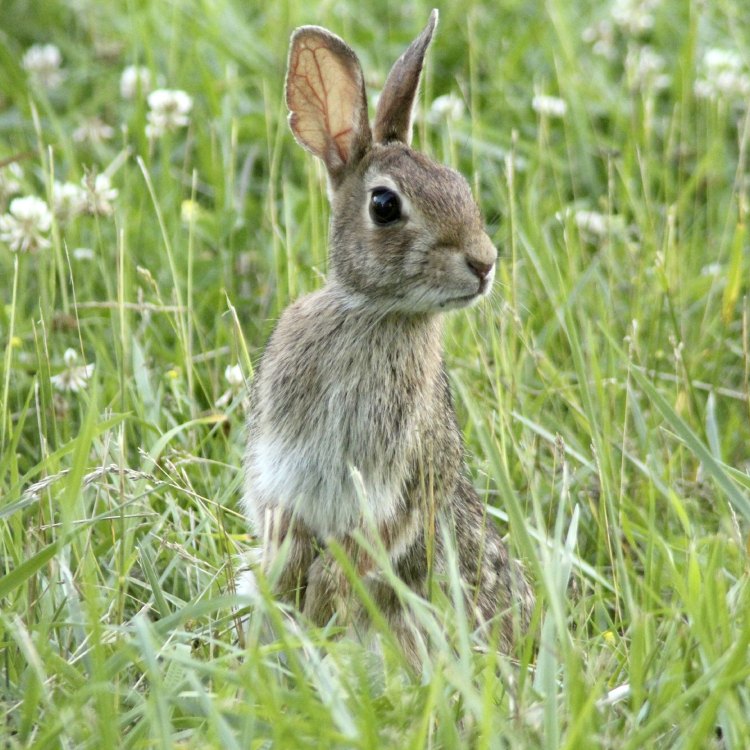
Gentle and Fast: The Incredible Eastern Cottontail
Disclaimer: The content provided is for informational purposes only. We cannot guarantee the accuracy of the information on this page 100%. All information provided here may change without prior notice.

